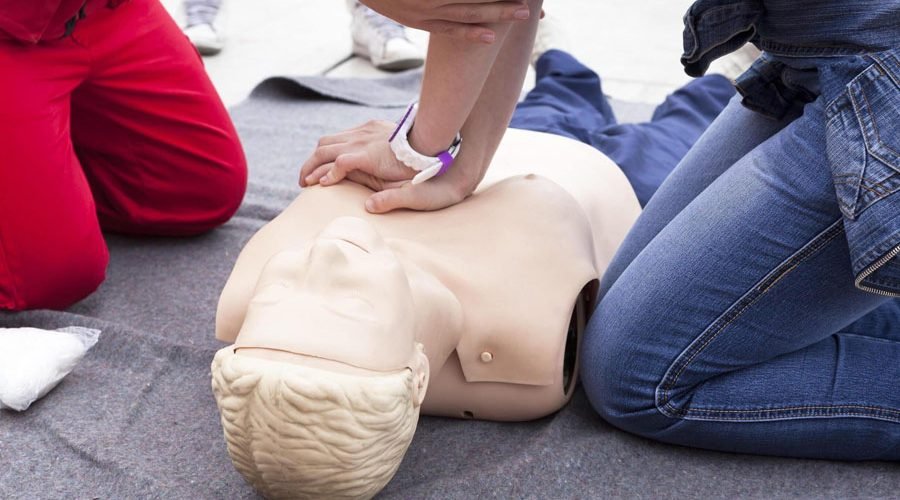Accidents, emergencies, and catastrophes of all kinds dominate recent news. When watching the TV or scrolling through social media, these stories of pain can seem abstract. We usually believe bad things will not happen to us and are more likely to happen to others. Being involved in a first aid or CPR emergency can be a complete shock for anyone.
Our risk perceptions will be biased unless we are actively engaged in a profession or service where we regularly encounter emergencies. Our ‘personal risk perception’ is a psychological bias where we underestimate our chances of being involved in or victim of an accident.
It is relatively uncommon for people to experience safety emergencies, but we may need more preparation to handle these situations due to different psychological biases. We should prepare for emergencies in advance. Preparation is important.
In the San Francisco Bay Area of California, we provide CPR and First Aid training workshops. Many of our learners attend the classes because they need their work credentials. Seeing an increasing number of inquiries from people involved in community or social endeavours that wish to be able to take care of each other is incredibly heartwarming.
Whenever you acquire a Basic Life Saving (BLS) certification, you need to renew it every two years. Once you become aware of the importance of lifesaving, you can easily forget about it and fail when pressure arises. This is especially true for workers such as childminders and carers, who will likely go for two years without needing to use their skills at all.
You may or may not have first-aid training or experience. The following section can educate or remind you about what should be done in a safety emergency and the critical things to remember.
Consider five vital factors when providing first aid to someone in a safety emergency. These include:
- Before giving any assistance, ensure it’s safe for both the victim and yourself. (EG turn off electricity, look for falling debris).
- Once it’s safe, assess the person’s condition and check for emergency signs. (EG not breathing, losing a lot of blood)
- If it’s an emergency, call 911. (Even better, get others to do so)
- If it’s not an emergency, provide primary care.
- Monitor the person and keep them calm until extra help arrives.
As you can see, four of the five steps are not associated with administering first aid. The most crucial thing you can do in minutes is to ensure the situation doesn’t worsen and call for help.
Of the five steps, only one involved you performing first aid. That’s step 4. Depending on the nature of the injury, primary care might include the following:
- Putting pressure on heavy bleeding.
- Helping the person into a recovery position.
- Making sure airways are clear.
- Simply making sure they stay calm and do not move too much.
Most first-aid incidents involve burns, sprains, cuts, and other minor injuries resulting from slips, trips, falls, and other lapses, but there are sometimes more complex situations that call for more complex first-aid.
You can only make a difference in people’s lives if you know first aid and CPR, and as long as you maintain a steady mind and a positive attitude throughout, you can ensure you do what is best for your temporary patients. Stress can sharpen the mind, and as long as you do not panic, you can make a difference in people’s lives.
If you are involved in a safety emergency, remember that the steps you should take will differ depending on the situation and the victim’s condition. It is vital to remain calm, act quickly and safely, and seek medical attention when necessary.





